1. Integrated design:
Bearing type gears combine the functions of gears and bearings into one, achieving compact structure and space saving.
This integrated design simplifies the mechanical structure and reduces the complexity and weight of the equipment.
2. High torque transmission capacity:
Due to the involvement of the gear, the bearing type gear can transmit higher torque.
This makes it excellent in applications that require high torque transmission, such as heavy machinery equipment and high-speed transmission systems.
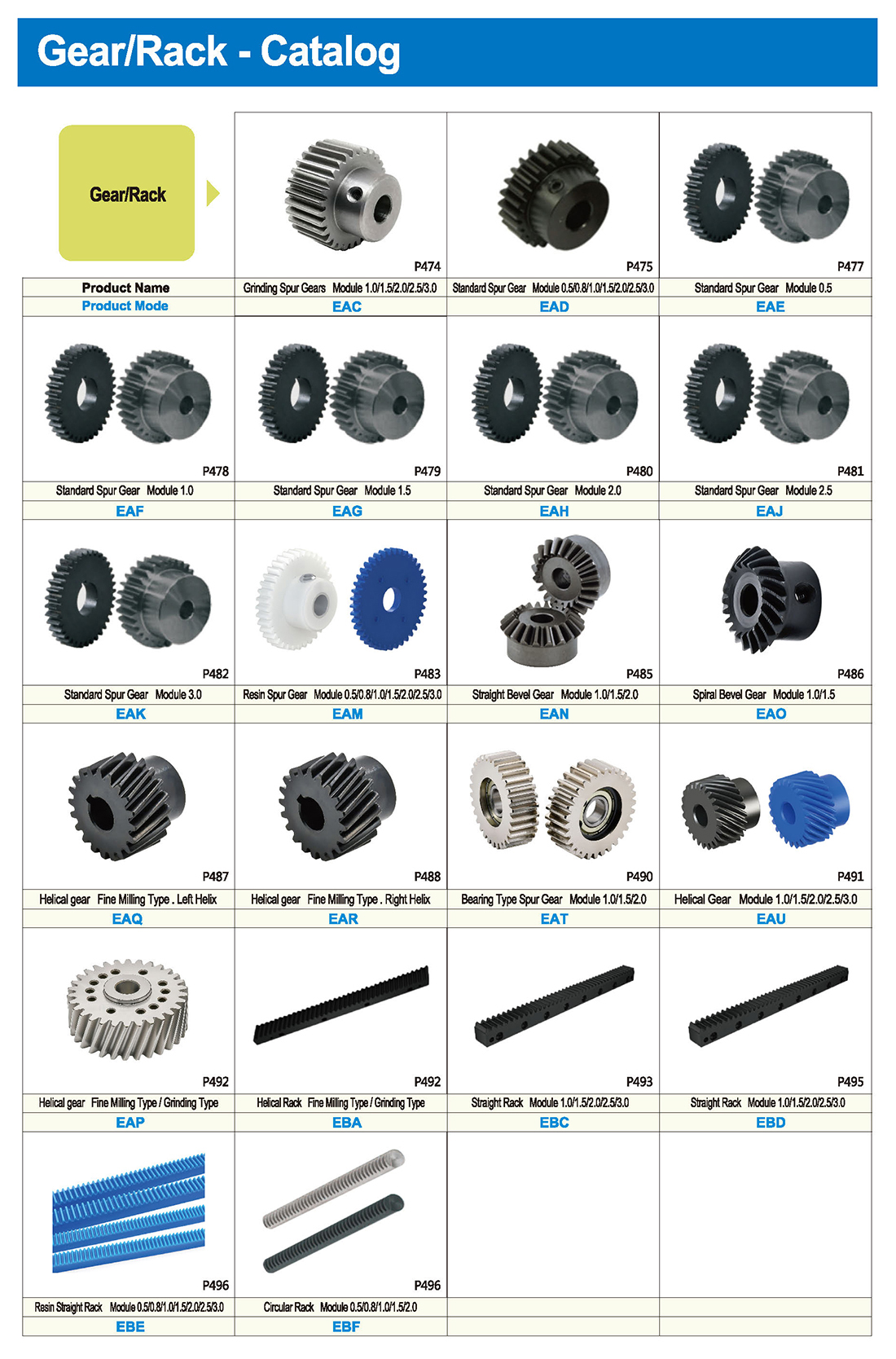
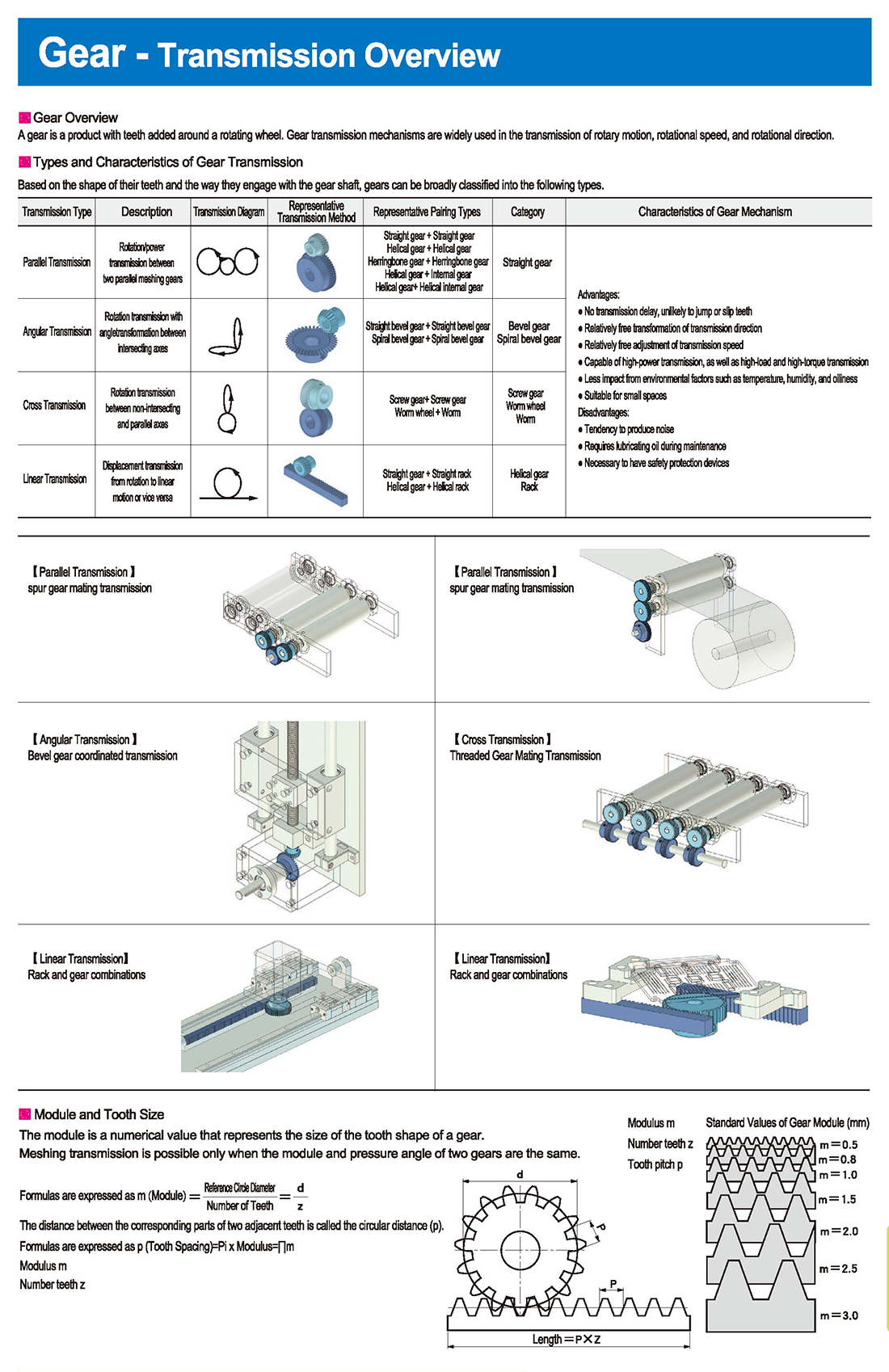
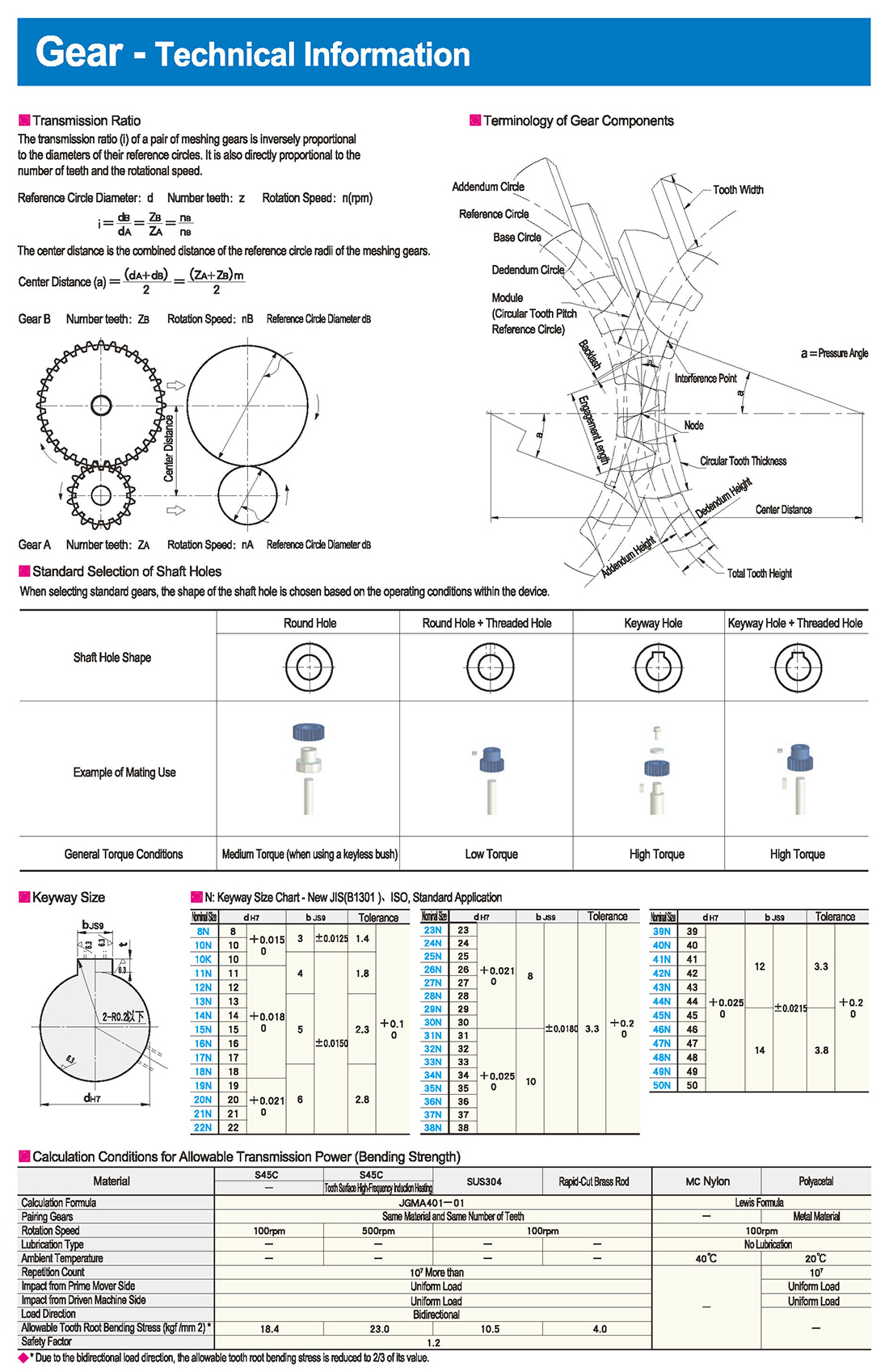
Bearing type gears combine bearing rotation and shift functions with gear ratio control to provide precise motion control.
This is essential for mechanical devices that require high precision positioning and motion control
Types and Characteristics of Gear Transmission
①Parallel Transmission Rotation/power transmission between two parallel meshing gears Straight gear + Helical gear + Internal gear + Herringbone gear + Helical internal gear
②Angular Transmission Rotation transmission with angle transformation between intersecting axes Straight bevel gear + Spiral bevel gear Bevel gear
③Cross Transmission Rotation transmission between non-intersecting and parallel axes Screw gear Worm wheel + Worm
④Linear Transmission Displacement transmission from rotation to linear motion or vice versa Straight rack + Helical rack
Advantages:
* No transmission delay, unlikely to jump or slip teeth
*Relatively free transformation of transmission direction
* Relatively free adjustment of transmission speed
*Capable of high-power transmission, as well as high-load and high-torque transmission
* Less impact from environmental factors such as temperature, humidity, and oiliness
* Suitable for small spaces
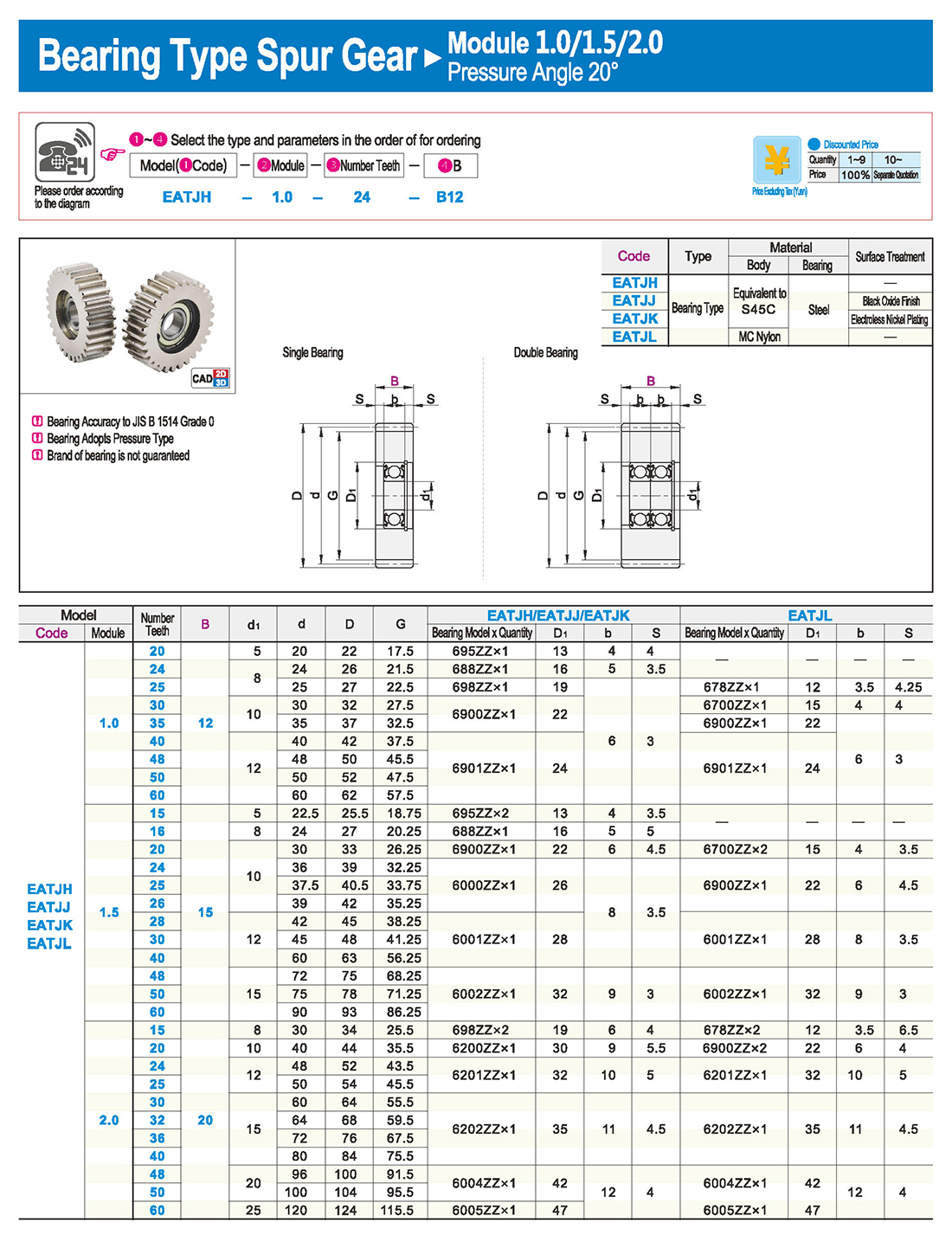


 English
English Russian
Russian Spanish
Spanish Italian
Italian Arabic
Arabic Korean
Korean German
German Japanese
Japanese Vietnamese
Vietnamese Turkish
Turkish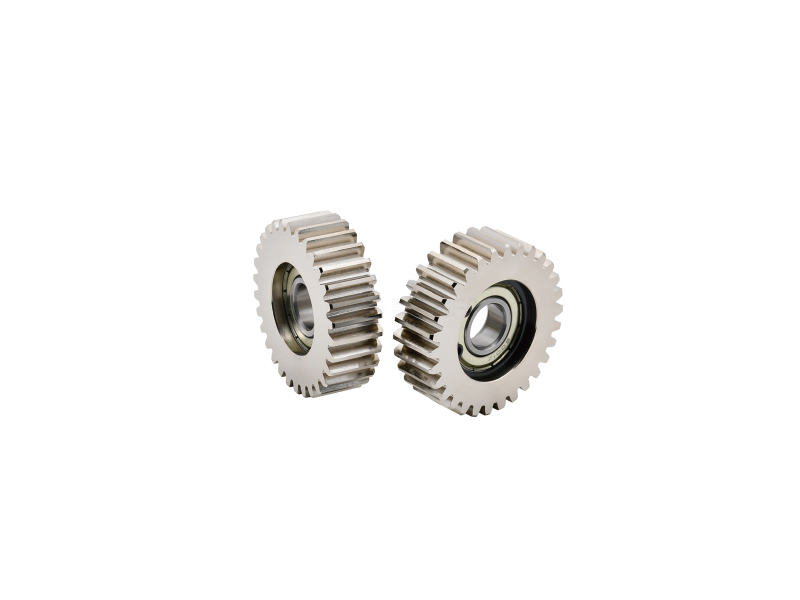
 Introduction
Introduction Specification Table
Specification Table Download
Download




